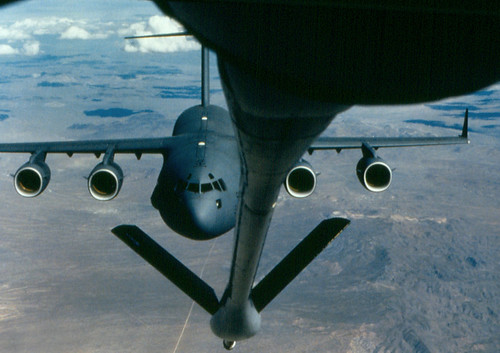Friday Fun: Dancing on the deck – F-35 Ship Suitability Testing
Saw this beauty on my way out the door to start the weekend.. It is a bit old – Oct 2011- but still awesome to watch the beast fly in and out of the deck of a floating pad.. Description (as shown in the video below): the F-35B short takeoff/vertical landing variant completed ship suitability testing aboard the USS WASP (LHD-1) off the coast of Virginia in October 2011. Combined, F-35B test aircraft BF-2 and BF-4 accomplished 72 short takeoffs and 72 vertical landings during the three-week testing period.
[yframe url=’http://www.youtube.com/watch?v=Ki86x1WKPmE&hd=1′]
On a related note, if you are an aviation/space enthusiast, there is a good reason why you should be up early on Sunday .. This weekend is you get to see the launch of the SpaceX Commercial Resupply Services-1 (CRS-1) mission. Liftoff of the Falcon 9 rocket and Dragon Capsule is scheduled for 8:35 p.m. EDT on Sunday. Launch coverage will begin at 7 p.m. on NASA Television and http://www.nasa.gov/ntv. On Saturday, NASA TV will air an International Space Station Science Briefing at 3 p.m. and the SpaceX CRS-1 Prelaunch News Conference at 6 p.m. Have fun!
- To learn more about the SpaceX CRS-1 mission and the International Space Station, visit: http://www.nasa.gov/station
- To view the SpaceX CRS-1 mission press kit, visit:http://www.nasa.gov/pdf/694074main_SpaceXCRS-1PressKit.pdf









